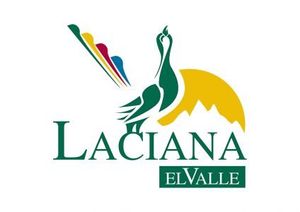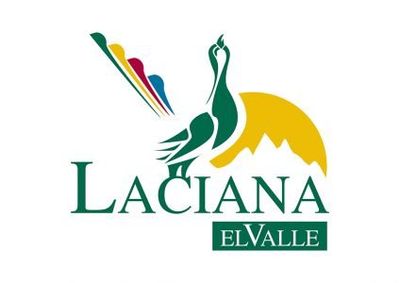Places of interest
Magic corners
Laciana Valley has numerous places that you cannot miss. All of them are places of interest where you will know more about the culture, history and way of life in the Valley:
Capercaillie interpretation center: Located in Caboalles de Arriba, it is a museum about ethnography, flora and fauna, where you can make contact with the Valley. You can learn more in this link.
Robles de Laciana: You will find many places to visit in this Village, declared "the most beautiful village in león" in 2011, and place of regional interest. Among these places, there is San Juliano's romanic church. Its construction started in the XIth century. You will also find the sarcophagus fountain and laundry, the house of the famous painter and sculptor Eduardo Arroyo, and the geological museum where you will learn more about the mountains of this Valley.
Ethnographic heritage in Sosas de Laciana: This complex reflects the traditional life, it is composed by the hydraulic dairy, the hydraulic mill, the potro, the washing place and San Andrés' romanic church and its peculiarity are the anthropomorphic graves from medieval times.
San Miguel de Laciana: In this village you will find the most elegant houses in the Valley, such as la Casona, la Quinta Dorotea,
or la Cortina. It is also remarkable the church where you can see ancient figures, and the Roman bridge.
Lumajo: In this village you should visit a part of an ancient Roman road which is very well preserved. From this village you could start many routes to the Valley's mountains.
Carrasconte's chapel: Both regions, Babia and Laciana, share this chapel located in the middle of them. Besides visiting the temple, you will see the piedra furada, from medieval times, which marks the boundary between both regions.
Mining industrial heritage: Even though mining is not the main activity in the Valley anymore, its traces remain. After the end of mining, people cannot visit the mines anymore, but you will be able to visit the turrets, warehouses, wagons, and open pit mining, such as el Feixolín
in San Miguel, where you can also notice the geology in the mountain.
Celtic fortifications: Between Villablino and Rioscuro you will find two ancient Celtic villages recently restored: Castro de la Muela
and Castro de la Zamora. This Valley were a settlement place for numerous Celtic peoples, and we still can observe their tracks.





